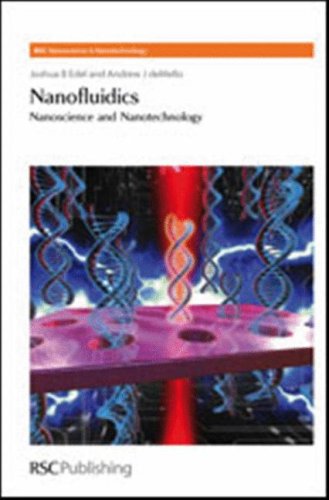

Most ebook files are in PDF format, so you can easily read them using various software such as Foxit Reader or directly on the Google Chrome browser.
Some ebook files are released by publishers in other formats such as .awz, .mobi, .epub, .fb2, etc. You may need to install specific software to read these formats on mobile/PC, such as Calibre.
Please read the tutorial at this link. https://ebooknice.com/page/post?id=faq
We offer FREE conversion to the popular formats you request; however, this may take some time. Therefore, right after payment, please email us, and we will try to provide the service as quickly as possible.
For some exceptional file formats or broken links (if any), please refrain from opening any disputes. Instead, email us first, and we will try to assist within a maximum of 6 hours.
EbookNice Team

Status:
Available0.0
0 reviewsFrom the reviews: ‘…a comprehensive overview of the theory and recent advancements in nanofluidic technology and would benefit any researcher interested in the physical and analytical advantages of miniaturization.’ (Sally Peyman, Chemistry World, July, 2009).
In his celebrated lecture at the APS meeting in 1959, Richard Feynman pondered the potential of miniaturization in the physical sciences and proposed a variety of new nano-tools. Since then, many of these predictions have become reality including the development and application of nanofluidics. This timely book fills a gap in the current reference literature in this exciting and growing field and is dedicated to the field of nanofluidics with a focus on bioanalytical applications. These nanoscale analytical instruments employ micromachined features and are able to manipulate fluid samples with high precision and efficiency.